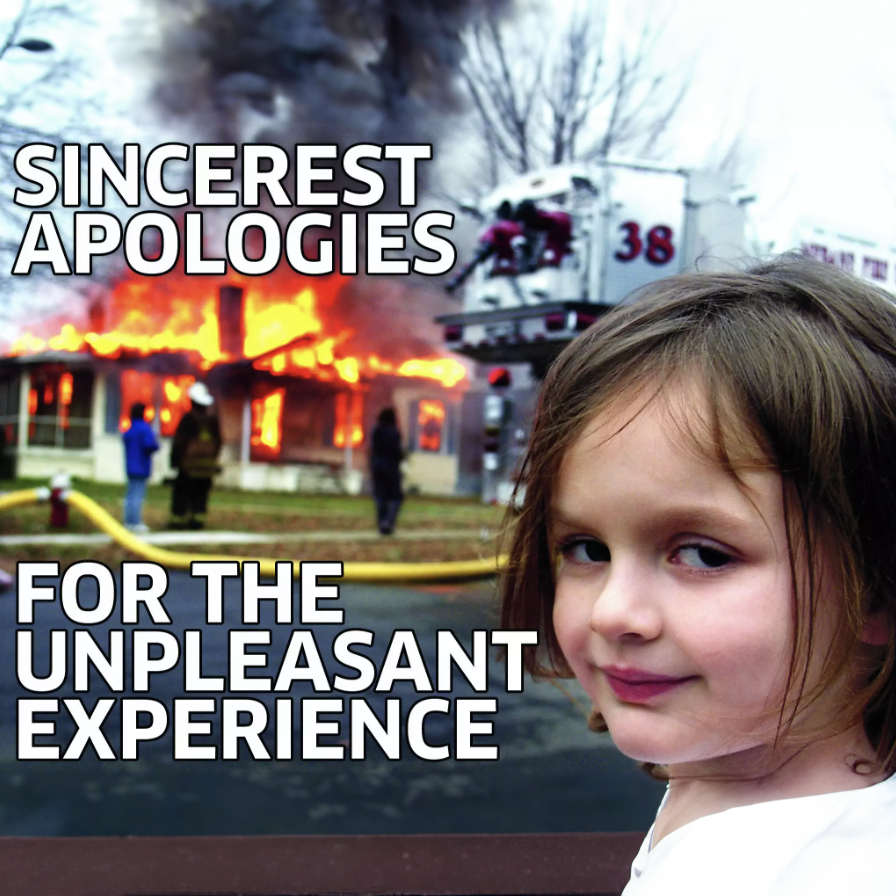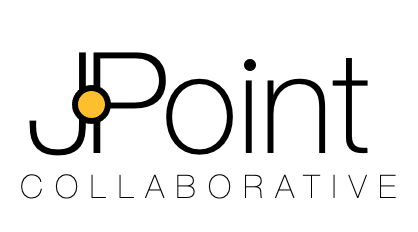A Risky Communication Strategy


By Destiny Aman, JPoint Strategic Design SME & CEO
Over the holidays I came across an ad from the Red Cross—you can watch it here. It really made me think about the tradeoffs involved in using a fear-based approach to communication. Sometimes there’s a really good reason to use a fear-based strategy, but such a strategy needs to be targeted—and balanced against the risk of alienating or numbing your stakeholders to broader risk messages.
We just wrapped up our first holiday season post-pandemic (or at least post-height of the pandemic), and I’ve been doing some work on how the experience of the past few years is continuing to affect our audiences. Instead of ignoring the impact of the pandemic (as much as we may want to), it’s important to consider how such a major trauma can affect the communication environment. It’s also a good time to reflect on where your audience is right now and how our shared experience might influence the communication strategies you choose.
The core message of this ad, aside from asking for donations, seems to be that disasters still happen during the holidays. Despite how warm and comfortable and filled with wonder and hope you may be, really scary things can still happen. And the Red Cross will be there. Or at least, its logo will be.
Seems like it might be effective, at first glance.
It’s true that some risks are even higher during the holidays (thank you candles and lights and foods we don’t cook very often), but the ad doesn’t tell us what to do about these things, which, as a behavioral scientist, feels like a real gap to me. The ad creates a great deal of tension and stress that could be useful for action—at least tell people to check their smoke detectors or buy home insurance or something. When the goal of a message isn’t clear, but the feeling it inspires is strong, it can make some folks feel like they’re being manipulated (see a detailed discussion of ethics in manipulation here). At best, this erodes trust.
While fear-based strategies are common in risk communication, decades of research suggest that using these approaches comes with its own set of issues. When used inappropriately, they can impact trust and feelings of self-efficacy that decision-makers need to act.
These strategies are also part of a long and problematic history of using infantilizing and condescending language in emergency and risk communications. If what you want your audience to do hinges on them being smart and responsible, it helps to start by treating them like people who are smart and responsible.
Okay, what’s good about this ad, though? It does a good job of capturing attention and giving the audience a bit of a twist, which can be effective for some people. However, by bringing in shared sentimental themes and then dashing them, I argue that it essentially wields trauma as a tool. Everyone has experience with thinking everything is going well and then having things get bad, quickly; this ad essentially uses those experiences to capture attention, which, while bold, could also be considered cheap—and risky.
Last year I organized a panel session at TruCon that advocated for more trauma-informed communication in national security spaces. During the session, the panel of experts highlighted the long-term impact of collective trauma (like the pandemic) on audiences – reducing predictability about how people will respond and raising the likelihood that people will be overwhelmed or numb out. People are flooded with trauma-based information, and we need to be careful with using trauma as a way to capture attention. Instead of creatively accessing different angles, this ad just leaps to the top of the trauma pile and lights itself on fire. As a result, some folks might (understandably) feel angry, numb, or worse yet— hopeless.
Numbness and hopelessness are not exactly feelings that inspire action (see this research), but they are real potential outcomes with the use of an uncritical, fear-based approach to communication. Communicators often think that the fear will “wake up” the audience, but this tack can instead have a deadening or desensitizing effect on people over time, which can keep them from understanding risks they face.
For the most part, at JPoint Collaborative, across risks from flooding to wildfire smoke to nuclear detonation, we suggest our clients avoid fear-based strategies, unless they can be very well-calibrated and tied to specific action. Instead, we encourage them to use their communications work as a mechanism for building a healthy, functional relationship with their stakeholders—starting by treating them as full, adult partners in creating a safer world.
What do you think about this ad and the communication strategies it used? Did you observe or use any interesting communication strategies during this past holiday season? I’d love to know!

